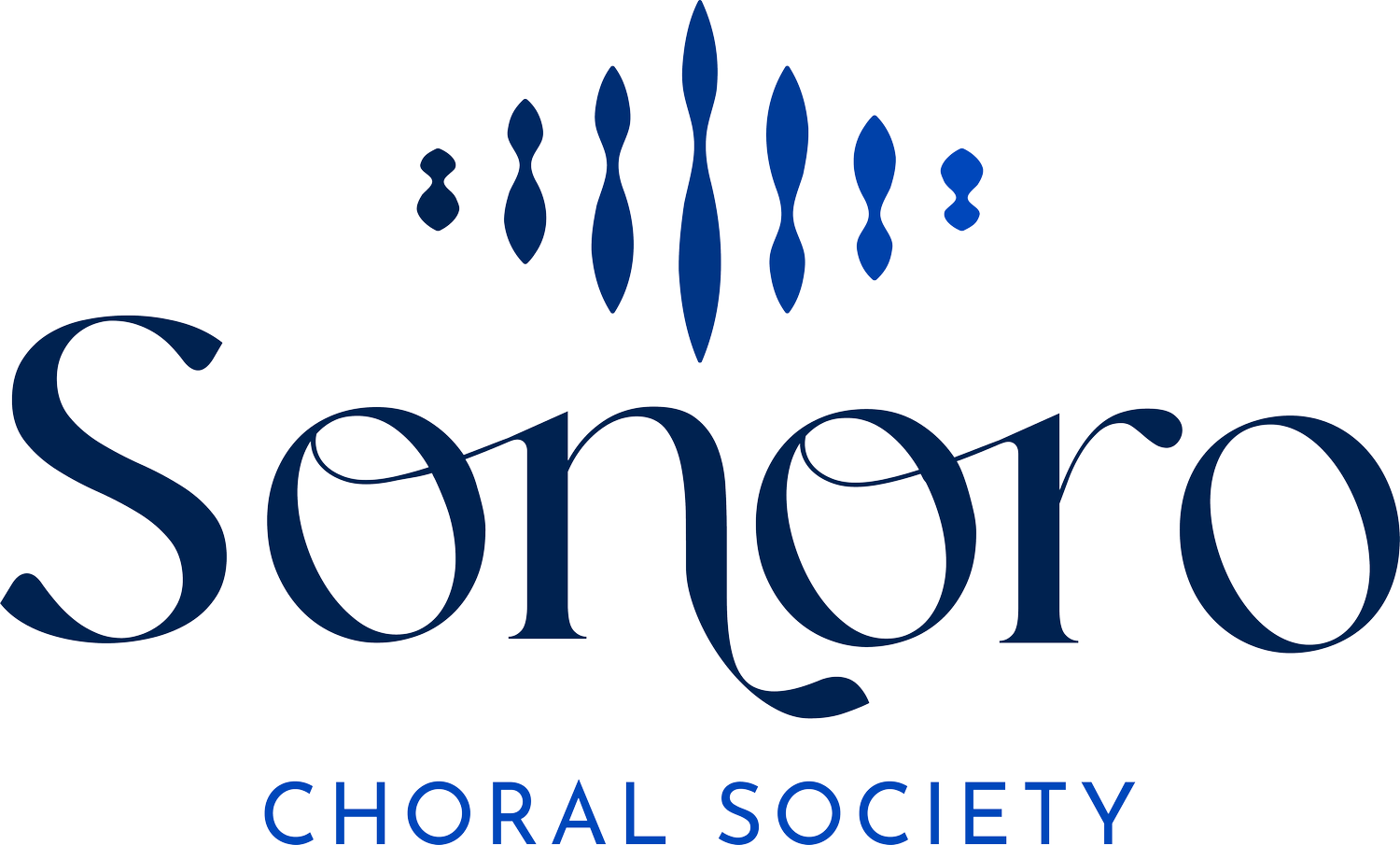Vivaldi’s Gloria Program Notes
Antonio Vivaldi (1678–1741) – Gloria, RV 589
Antonio Vivaldi, a Venetian Baroque composer, was one of the most influential figures in the development of the concerto and sacred choral music. A prolific composer and ordained priest, Vivaldi spent much of his career at the Ospedale della Pietà, an orphanage for girls in Venice where he composed and directed music.
The Gloria in D major, RV 589, is among Vivaldi's most beloved sacred works. Composed around 1715, it likely premiered at the Pietà. The work exhibits the vibrant textures, lively rhythms, and rich contrasts that characterize the Venetian Baroque style. Structured in twelve movements, the Gloria alternates between exuberant choral outbursts and more intimate solo and ensemble passages. Notable features include the joyful counterpoint of the opening "Gloria in excelsis Deo," the lyrical duet "Laudamus te," and the dramatic "Domine Deus, Agnus Dei." Despite being lost for centuries, the score was rediscovered in the 1920s and has since become a staple of the choral repertoire.
Katerina Gimon (b. 1993) – Elements
Katerina Gimon is a Canadian composer celebrated for her imaginative and sonically rich choral works that often explore the intersection of nature, the human voice, and extended vocal techniques. Her music frequently draws from folk traditions and includes improvisation and unique textures that challenge and inspire performers.
Elements is a four-movement work representing the natural forces of Earth, Wind, Fire, and Water. Each movement is a vivid soundscape, crafted using extended vocal effects, percussive articulation, and layered harmonies. The piece invites performers and audiences into an immersive experience of the primal powers that shape our world. Notably, "Fire" crackles with rhythmic vitality, while "Water" flows with fluidity and shimmering resonance. Gimon’s music encourages an embodied, almost meditative engagement with the natural world.
Samuel Barber (1910–1981) – Agnus Dei
Samuel Barber was one of the foremost American composers of the 20th century, known for his lyrical melodies, emotional depth, and tonal language. His works include orchestral, operatic, and choral masterpieces, many of which remain in the core classical canon.
Agnus Dei is a choral setting of Barber's most famous work, Adagio for Strings. Originally composed as the second movement of his String Quartet in 1936, the Adagio was later adapted into this sacred text in 1967. The piece is marked by its intense emotional expression, sustained suspensions, and slow-building harmonic tension. The text, "Lamb of God, who takes away the sins of the world," is given a deeply meditative and mournful treatment, making the Agnus Dei a poignant addition to both liturgical and concert settings.
Ola Gjeilo (b. 1978) – Song of the Universal
Ola Gjeilo is a Norwegian-born composer and pianist known for his lush, cinematic choral writing and atmospheric instrumental works. A graduate of Juilliard and the Royal College of Music, Gjeilo frequently combines traditional choral forms with contemporary harmonies and textures.
Song of the Universal, set to a text by Walt Whitman, celebrates the soul’s connection to the vastness of the cosmos. The work, written for choir, piano, and strings, is both reflective and expansive, weaving expressive melodic lines with radiant harmonic progressions. Gjeilo's music evokes a sense of wonder and unity, mirroring Whitman’s vision of universal human dignity and spiritual transcendence.
Stephen Paulus (1949–2014) – The Road Home
Stephen Paulus was a prolific American composer whose catalog includes over 500 works for orchestra, opera, chamber ensemble, and choir. A co-founder of the American Composers Forum, Paulus is especially revered for his contributions to sacred and choral music.
The Road Home, composed in 2001, is based on a Southern American folk tune with an original text by Michael Dennis Browne. The piece opens with a reflectivefour measure “oo” phrase which returns after each verse. Then that basic musical line that blossoms into full choral harmony, expressing longing, homecoming, and spiritual peace. Its simple yet profound musical language and heartfelt message have made it a favorite among choirs and audiences alike.
Shawn Kirchner (b. 1970) – O! What a Beautiful City
Shawn Kirchner is a Los Angeles-based composer, arranger, and singer known for his work with the LA Master Chorale and his arrangements rooted in American folk and gospel traditions. His music often bridges classical technique with vernacular idioms.
O! What a Beautiful City is a vibrant setting of a traditional African American spiritual, highlighting Kirchner’s talent for rhythmic vitality and expressive phrasing. The arrangement celebrates the vision of a heavenly city with twelve gates, using layered voicings and energetic repetition to convey a sense of joy and community. The piece is often used as a concert closer due to its uplifting spirit and infectious energy.
